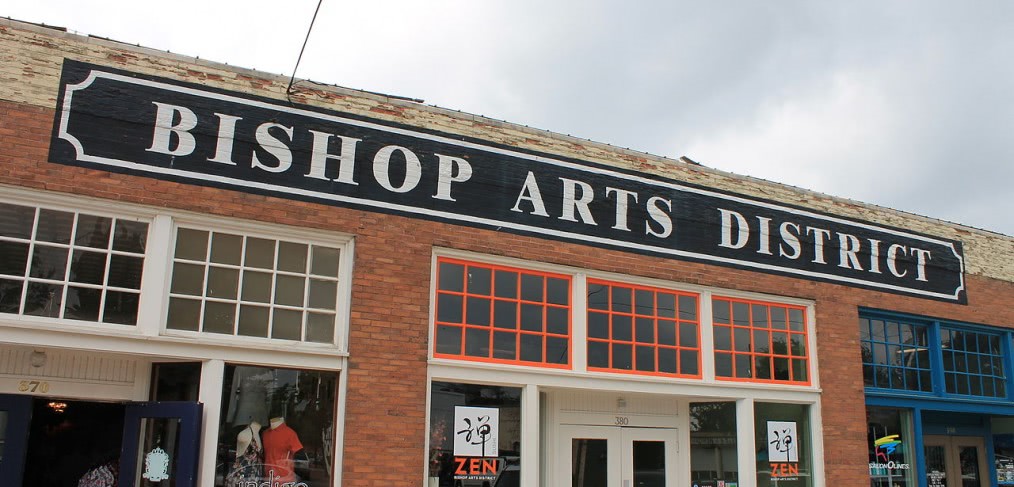
The Inconspicuous Brand
The branding of cities today is playing important roles in the regeneration of many of our forgotten downtowns. This isn’t just a matter of telling people that all is well, that the dark days are over. Young people are flocking back to downtown areas in spite of, or maybe because of, their shortcomings. Suburban blandness is being replaced by urban grit (um, character) because it is genuine and interesting. We love places that are reflections of us—real people, quirky, individualistic and imperfect.
A few years ago, I worked on the creation of a brand for a major urban renewal project in a little suburb of Dallas called Oak Cliff. It’s just across the Trinity “River” at the foot of the new Calatrava bridge. Oak Cliff was that perfect place that needed a bit of TLC to help it turn the corner of regeneration. For hundreds of years, Oak Cliff attracted a rebellious crowd, claiming the likes of Bonnie and Clyde as residents. Now the rough edges are being ever-so slightly smoothed over by the next generation of urban pioneers, helping to gentrify parts of the OC. Now it’s home to the small but thriving Bishop Arts District, quirky urban eateries like Hattie’s and even a mid-century modern tract of homes…an unusual find in Dallas. It’s also home to a high crime rate, a fair amount of folks living below the poverty level and a racially charged population.
In our branding efforts, clearly any attempt to gloss over the shortcomings would have been disingenuous, for much of Oak Cliff’s charm came from its ability to survive, to continually reinvent itself. For us, this interesting mix of stories made Oak Cliff real, something to celebrate. My current favorite handmade chocolate shop (not at all a fair description) is there. Anybody who has been to Dude Sweet knows what I’m talking about. La Calle Doce, a restaurant that’s been in the same house for over 100 years, serves up a ceviche tostada with cilantro sauce that is out of this world. The Urban Acres Co-op sold organic produce from local farms before it was cool. And yet, these stories of urban success are subtly nested between the abandoned buildings and the shootings, colored by a slight fear that haunts those who venture east after dark.
Ask anyone who lives there if Oak Cliff has a brand. I would venture a guess that most would say NO, emphatically, preferring to let their beloved non-suburb be defined by the random mix of good and bad, by happenstance and dedication. Yet I would maintain that Oak Cliff represents the PERFECT brand, an urban identity that comes from an authentic and rich heritage, a place with character born of hard knocks, lovingly transformed into a thriving community in spite of itself. There is nothing about Oak Cliff that is manufactured or calculated as a part of an advertising scheme. Its brand exists, loud and proud, acting as a little magnet to attract those who will love it for who it REALLY is. Could any brand be better than that?
To me, the branding of cities is a natural evolution in the grand scheme of things. It doesn’t represent a covert movement to homogenize our towns, to serve them up on the platter of rampant commercialism. Instead, the meaningful branding of cities gives them the opportunity to tell their stories, ALL their stories, to anyone who will listen. Those who belong will hear the call of a tale that rings true for them. A better pitch than an advertising campaign could ever manufacture.
What do you think? Do branding campaigns hurt or help cities?
All images via Google

